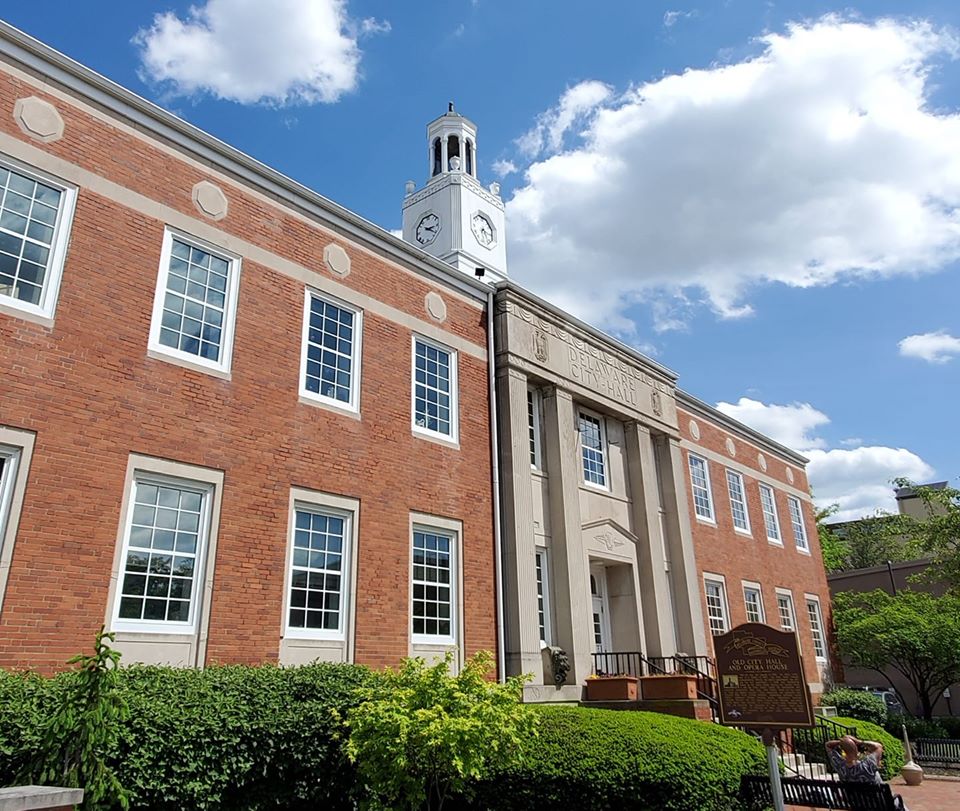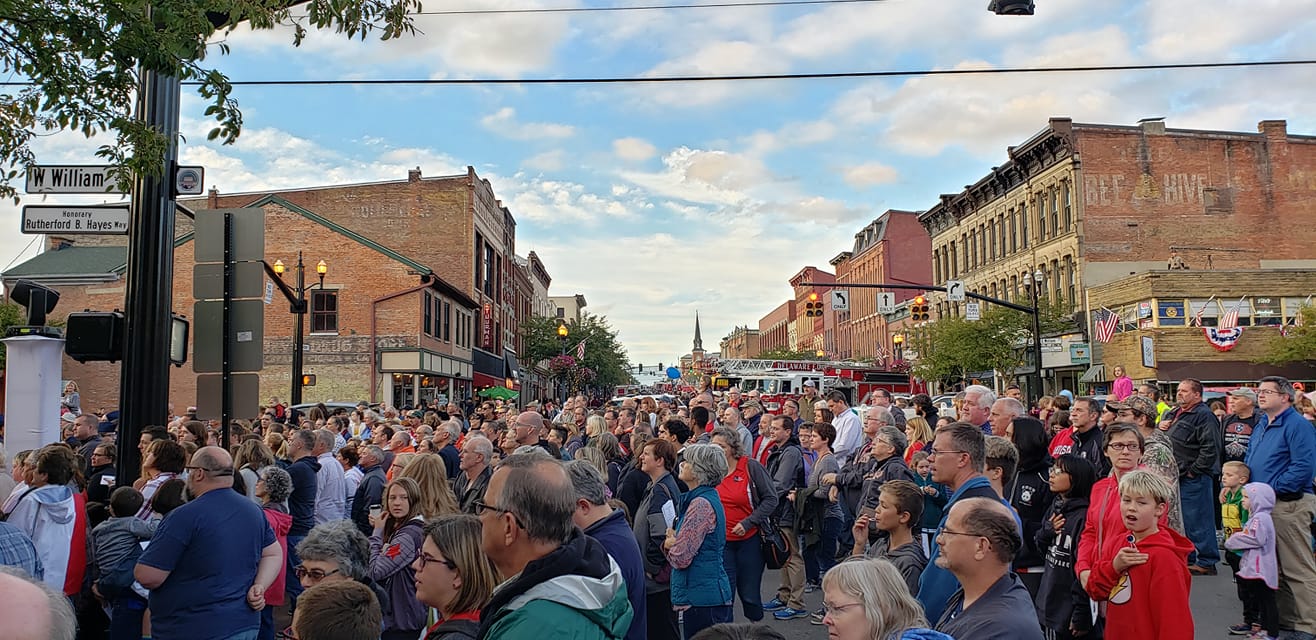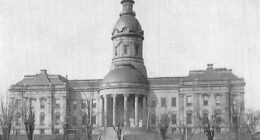By 1808Delaware; Delaware County Historical Society news release
On Monday, June 19, the Delaware County Historical Society received a very special donation – a 1941 Ford Ferguson tractor.
Previously owned by Greg and Suzan Nobis of Delaware, the tractor was lovingly restored by Rob Ray of Ostrander earlier this year.
The tractor, named Violet, worked fields in Michigan and was then sold to Maggie and Charlie Webb, who brought it to Delaware County. Maggie, a DCHS volunteer, and her husband, sold it to Suzan and Greg Nobis of Marysville Road in Delaware where Violet plowed fields and pulled hayrides for their grandchildren.
In May of this year, Greg contacted the Delaware County Historical Society and asked if he could donate it. Violet joins her “sister” Virginia, a 1941 Farmall H, previously owned by Nobis and restored in 2015by Rob Ray. They serve as an homage to our county’s agricultural heritage and will be brought out on the Meeker lawn for special events and celebrations.
The 1941 Ford Ferguson tractor is an iconic piece of agricultural machinery that represents a pivotal moment in farming history.
At the heart of this tractor’s importance is the collaboration between Henry Ford, the founder of Ford Motor Company, and Harry Ferguson, an Irish engineer and inventor. Their partnership led to the creation of the 1941 Ford Ferguson tractor, known for its innovative “three-point hitch” system.
The three-point hitch, a Ferguson’s patent, transformed the way farmers used implements with their tractors. It allowed for direct connection and force transfer between the tractor and the implement, improving traction, stability, and efficiency. With this system, the tractor and its implement acted as a single unit, enabling farmers to control the depth of the implement directly from the tractor. This advancement was revolutionary for the farming industry at the time.
The 1941 Ford Ferguson tractor was compact, efficient, and versatile. It was powered by a four-cylinder gasoline engine and was light enough to reduce soil compaction but strong enough to handle heavy-duty farm work. Its durability, reliability, and usability made it popular among farmers, and it’s remembered as a machine that helped modernize agriculture.

Photo – Rob Ray, DCHS Collections Committee chair – Nancy Reger, and Greg Nobis.










